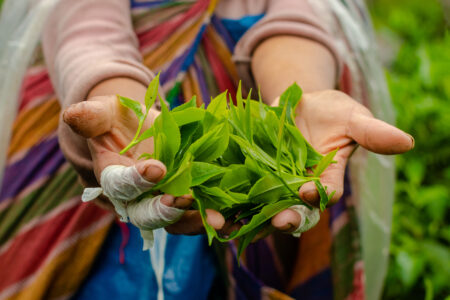When Green Tea Came To Peru… and Stayed
“Peruvian tea is on a trajectory of growth and improvement both nationally and internationally. With an appropriate strategy that emphasizes quality, authenticity, and sustainability, there is significant potential to increase its presence and prestige in the global market.”









